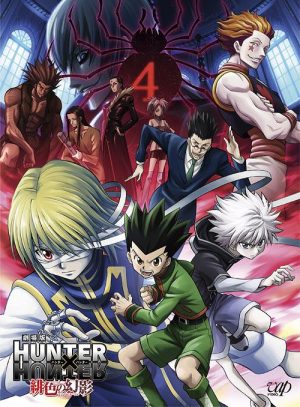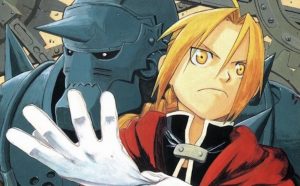
Fathers’ Day is around the corner and while people around the world honour their fathers on this day, we thought we’d talk about the person who brought us here: Tezuka Osamu-sensei, referred to as the Godfather of Manga and Anime among other titles. Credited with various innovations and pioneering techniques that have made anime what it is today, Tezuka is the brain behind various iconic and influential anime titles. We’re going to wish Tezuka-sensei a happy fathers’ day by going down memory lane and celebrating the legacy of the beret and glasses!
Early Life
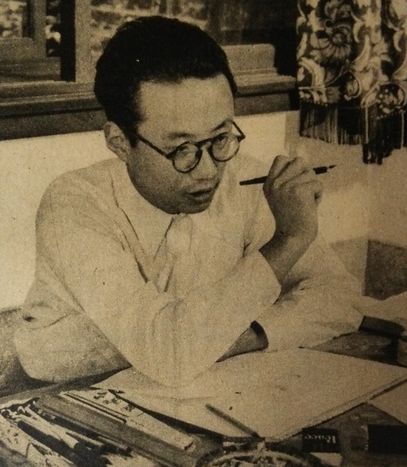
Tezuka Osamu-sensei was born on November 3, 1928 in Toyonaka, Osaka. Born into a prosperous and well-educated family, his parents’ own hobbies and interests would serve as a basic inspiration for Tezuka-sensei’s interest in animation. When Tezuka-sensei was younger, his mother would take him to the Takarazuka Grand Theatre where the Takarazaka Revue troupe often headlined. The all-female musical theatre group’s performances would become a major influence in Tezuka-sensei’s work. His father showed him Disney films as a kid, which he liked very much, seeing Bambi like 80 times!
When he was in grade two, Tezuka-sensei began drawing comics and in grade three, Tezuka-sensei began learning composition from his teacher, Inui Hideo. Tezuka-sensei became very fond of Tagawa Hosui-sensei’s Norakuro and Nakamura Manga Library, comics that featured in newspapers to which he had asked his parents to subscribe so he could keep reading the comic strips. When Tezuka-sensei was around eleven years old, he started wearing glasses, collecting bugs, and continued to draw comics. He distributed a long comic at school he titled “A Night in China” and it was popular with teachers and students. Reading about osamushi (ground beetle) in a colour picture book of insects he borrowed from a friend, Tezuka-sensei creates his pen name “Osamu” by adding a kanji for “insect” to his name.
In his middle school days, Tezuka-sensei went to Osaka Prefecture Kitano Middle School where his interest in insects thrived, establishing an animal lover’s club at school and an unofficial insect study society. Tezuka’s club activities had him publishing various illustrated works, including bulletins for the animal lover’s club and a colour picture book of beetles, on top of the various comics he was drawing.
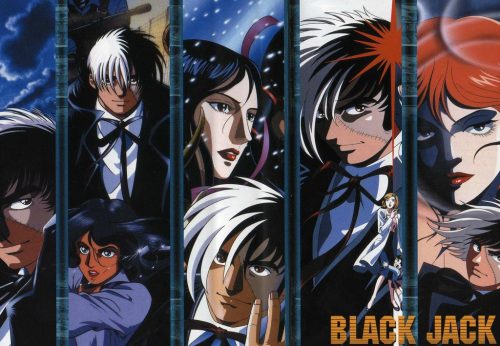
After leaving middle school, Tezuka-sensei was admitted to the department of medicine at Osaka University. At 18 years old, Tezuka-sensei debuted with a comic strip titled “Diary of Ma-chan”, which was serialized in the Mainichi School Children’s Newspaper. His time at Osaka University can be seen as a large exploration of Tezuka-sensei’s artistic capabilities. He participated in student theatre and was even an avid musician, playing piano solos at culture festivals. He later began attending meetings of the Kansai Mangaka Club, where Sakai Shichima asks him to draw manga in book form. This combination leads to Tezuka-sensei’s publishing of “Shin Takarajima” (New Treasure Island), which sold 400 000 copies through various editions.
At 24 years of age, Tezuka-sensei had graduated from Osaka University’s Department of Medicine and passed the national exam taken by prospective medical practitioners, earning him his license. His wartime experiences were the inspiration behind his decision to study medicine in the first place; however, this grounding in medicine also became the basis of some of Tezuka-sensei’s most inspired work.
Animation
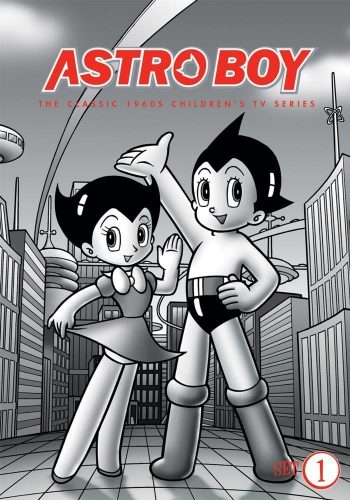
Having created a whopping 700 manga titles in his life, Tezuka-sensei’s famed contributions to the anime medium cannot be understated. Techniques and styles that are considered synonymous with anime, like the distinctive large-eyes aesthetic of Japanese animation which he had developed from his time as a child watching the sparkly-eyed performances of the Takarazuka Revue and the large-eyed American characters Betty Boop and Bambi, of which Tezuka was a big fan. The prevalent theme in Tezuka’s works is the belief that life is sacred and given his medical background, having served time in the military. Tezuka lived through the cultural zeitgeist of pre-war Osaka and the zeitgeist following the eventual catastrophe that was the war.
His works include Astro Boy, Black Jack and even Jungle Taitei, better known as Kimba the White Lion–the work allegedly plagiarized in the creation of Disney’s The Lion King (1994). With real medical background, Tezuka was able to draw upon a real understanding of the human body to depict anatomically accurate surgical depictions, particularly in his medical drama, Black Jack. His manga and animated films changed the very nature of the Japanese cartoon, creating more styles and techniques in the development of the “story cartoon”. In January 1963, Tezuka adapted his manga, Astro Boy. This was Japan’s first-ever domestically produced animated TV series. Airing for 193 episodes by the end of 1966, the series recorded the highest audience viewership. The US got ahold of Astro Boy when NBC signed a contract for 53 episodes of the series.
Tezuka’s continuous work throughout his life are a testament to his passion for his work and his passion for drawing and art. We see it in his vast library of work. We see it in his continued creation despite the difficulty and utter terror of living in a time of war and his reaching out to other creators in the industry and in post-war Japan, the emergence of long epic-like manga was a revelation to the medium and he had a tendency of re-using and reintroducing characters.
Final Thoughts

Tezuka-sensei’s overarching influence in the world of anime and manga is incredible and is a testament to how impactful art and media can be.
“Manga is virtual. Manga is sentiment. Manga is resistance. Manga is bizarre. Manga is pathos. Manga is destruction. Manga is arrogance. Manga is love. Manga is kitsch. Manga is sense of wonder. Manga is ... there is no conclusion yet.”
What is your favourite Tezuka Osamu work? Drop a comment below and let’s chat!
Recommended Post
Anime Reboots to Watch with Dad!
Recommended Post
Top Manga by Osamu Tezuka [Best Recommendations]
Recommended Post


